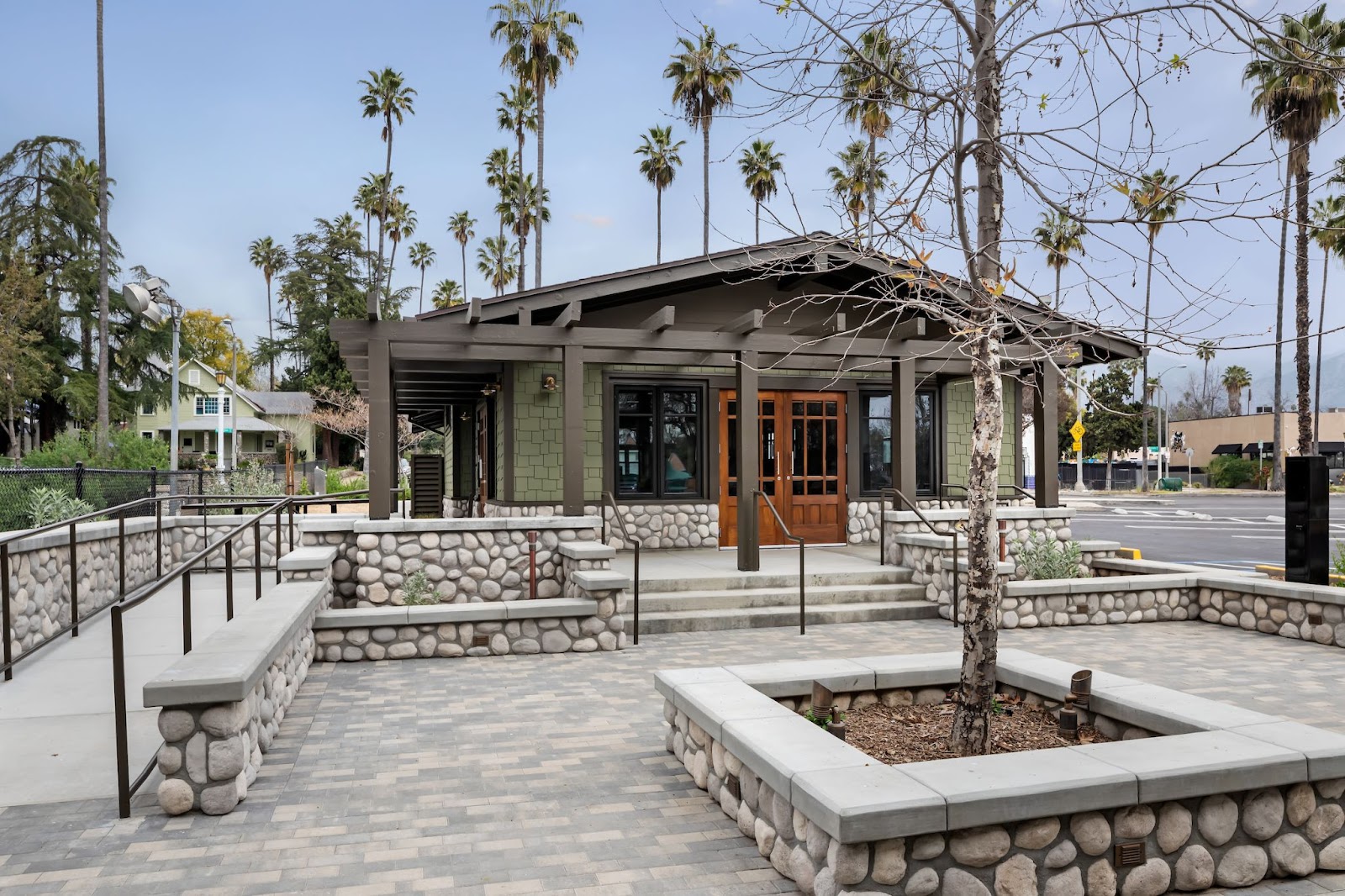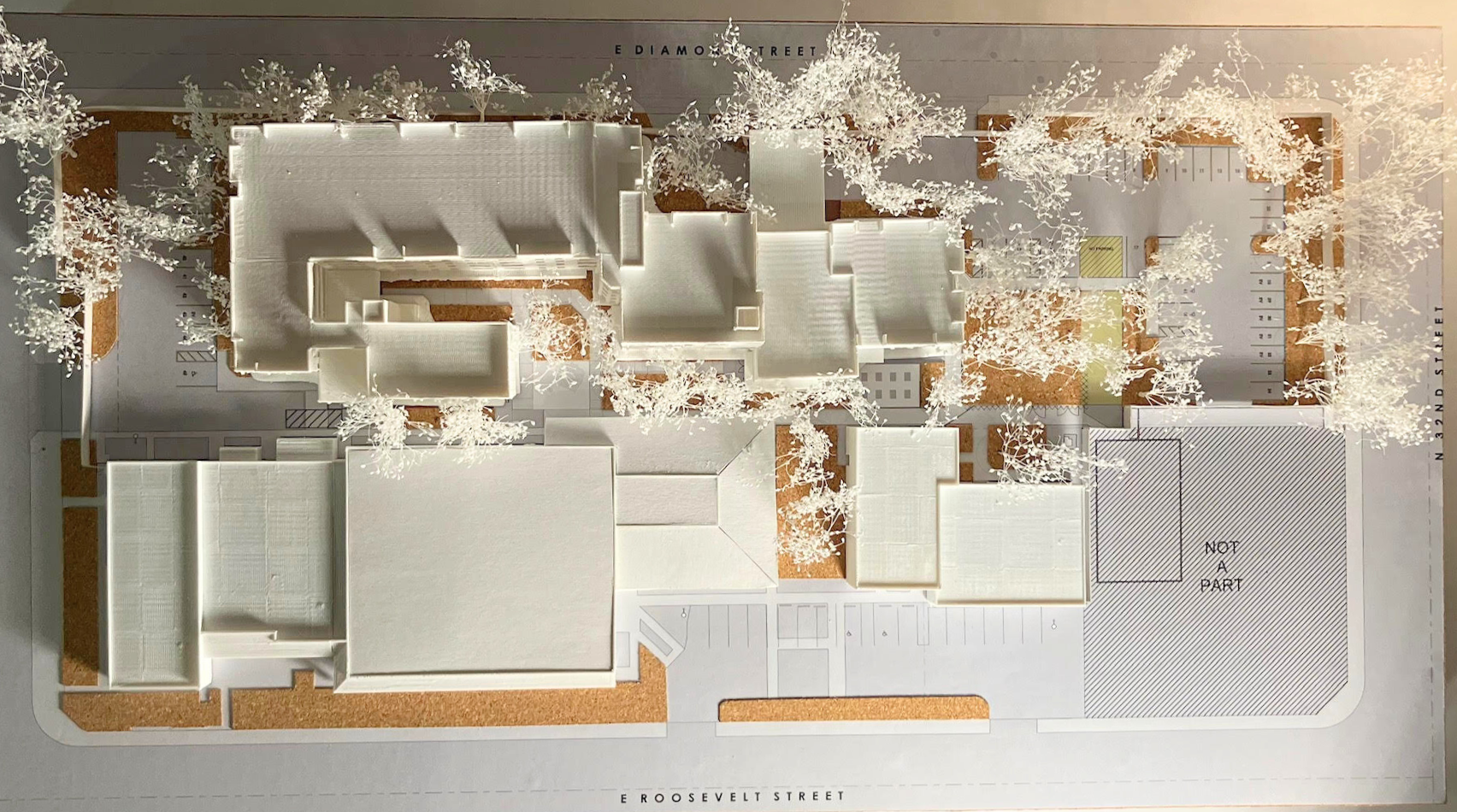Connect with us on Linkedin to stay up to date on our new projects and articles.
Architecture Rooted in Community
For ONYX, designing public and community spaces is a responsibility that extends far beyond form and function. It’s about creating places where people gather, connect, and build trust.
This understanding starts long before any designs are drawn, and continues through every phase of the process. ONYX Associate Daniel Sánchez highlights two essential principles that guide the firm’s work: empathy and thoughtful responsiveness. Without empathy, “it’s easy to design for aesthetics or efficiency alone,” missing the mark on what the community truly needs.
For Daniel, empathy is not just compassion; it’s about actively listening to the community. “Before pen ever hits paper, it’s about hearing the stories of the community, what’s missing, what’s loved, what’s sacred.” When their input shapes the design, the space becomes more than just functional—it becomes a place that reflects the values and rhythms of its people.
This kind of involvement transforms a space from simply “nice” to something that is truly needed. Daniel adds, “When people feel heard, they take ownership of the space. It becomes theirs—not just another project. That’s when a building becomes a hub, a home, a legacy.”
MaeKeng Chinn, Principal echoes this perspective, explaining how architects must “understand the individual’s needs and the people and how they will inhabit and experience these spaces.”
Case Study: Washington Park Community House
This intentional approach took shape in the design of the Washington Park Community House in Pasadena.
“The very first meeting we held was a design workshop with the Friends of Washington Park and other interested neighborhood residents—kids, parents, seniors and city leadership,” Daniel recalls.
From that workshop came a simple but powerful insight:
“People needed a space outside to gather that provides flexibility for teaching, learning and hosting.”
That input led to the creation of an open courtyard under a large sycamore tree at the south end of the community building, now used year-round for impromptu meetings, performances, and other activities for learning and creating. It’s a clear example of how listening leads to meaningful space-making.

Designing for Change, Not Just for Today
For anyone embarking on a new park, public plaza, or community center, Daniel has clear advice:
“Don’t assume you know what people want—ask early, ask often. And include all voices, especially the ones often left out.”
Equally important is designing for future change:
“Today’s community needs might be yoga and free Wi-Fi. Tomorrow’s might be mutual aid and food distribution. A truly great space can adapt with the needs of the community at any given time.”
Whether designing a park in Pasadena or a civic space elsewhere, ONYX understands that the most impactful spaces aren’t built for communities—they’re built with them.



.png)